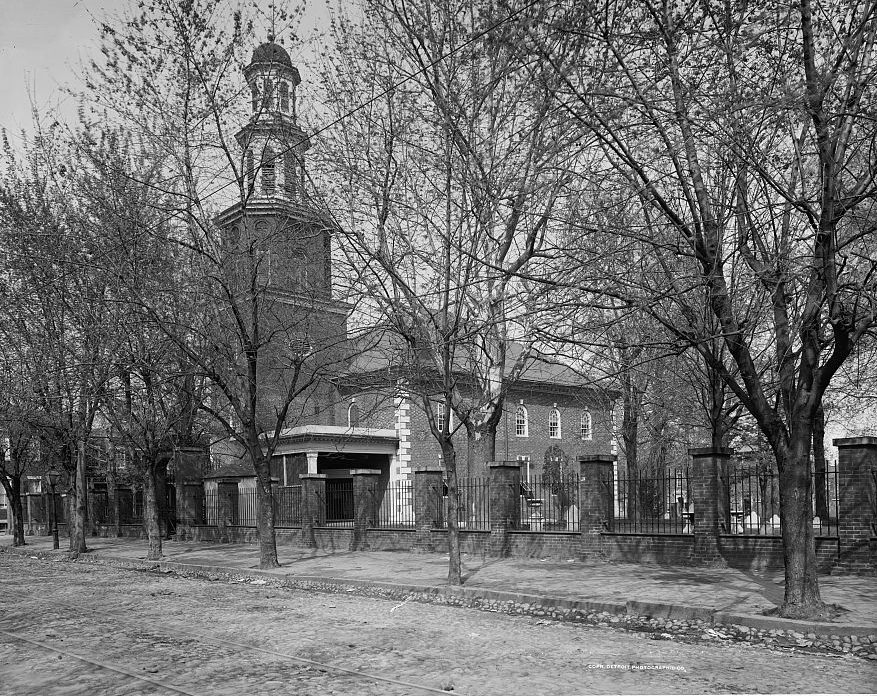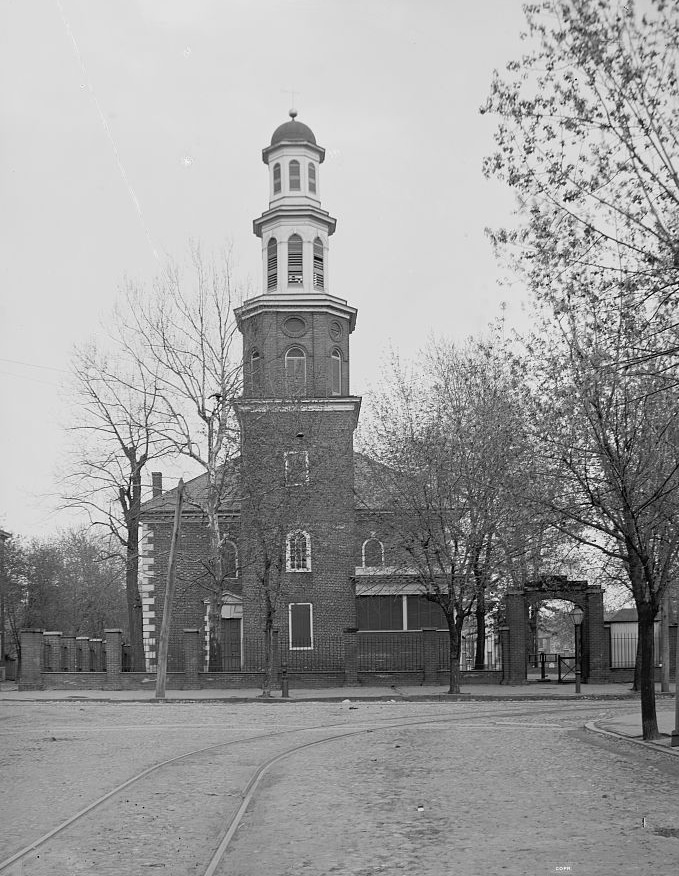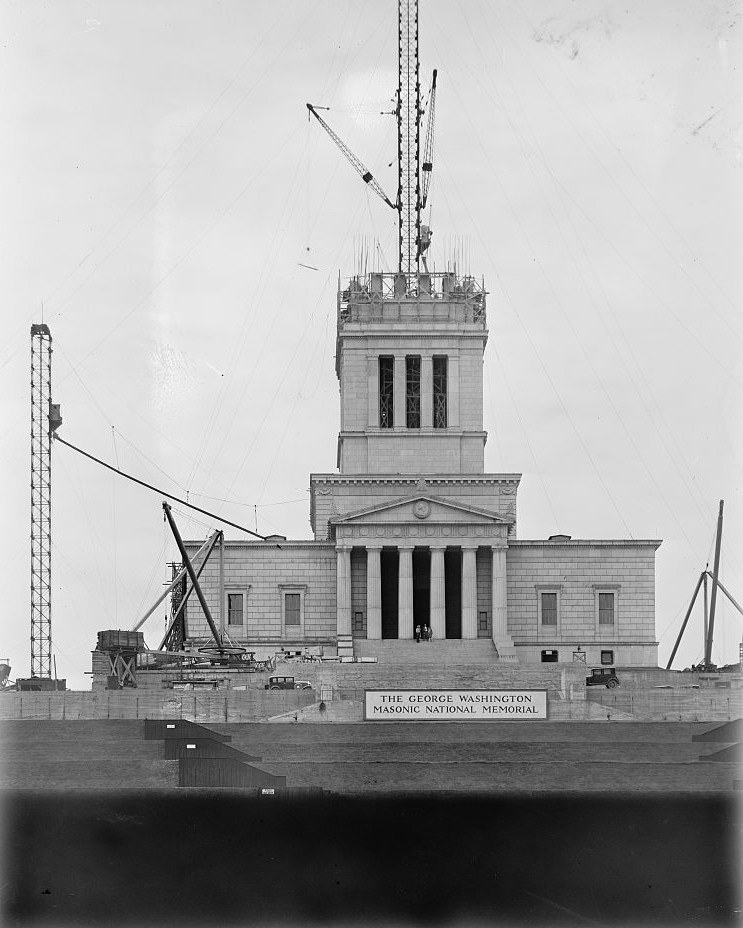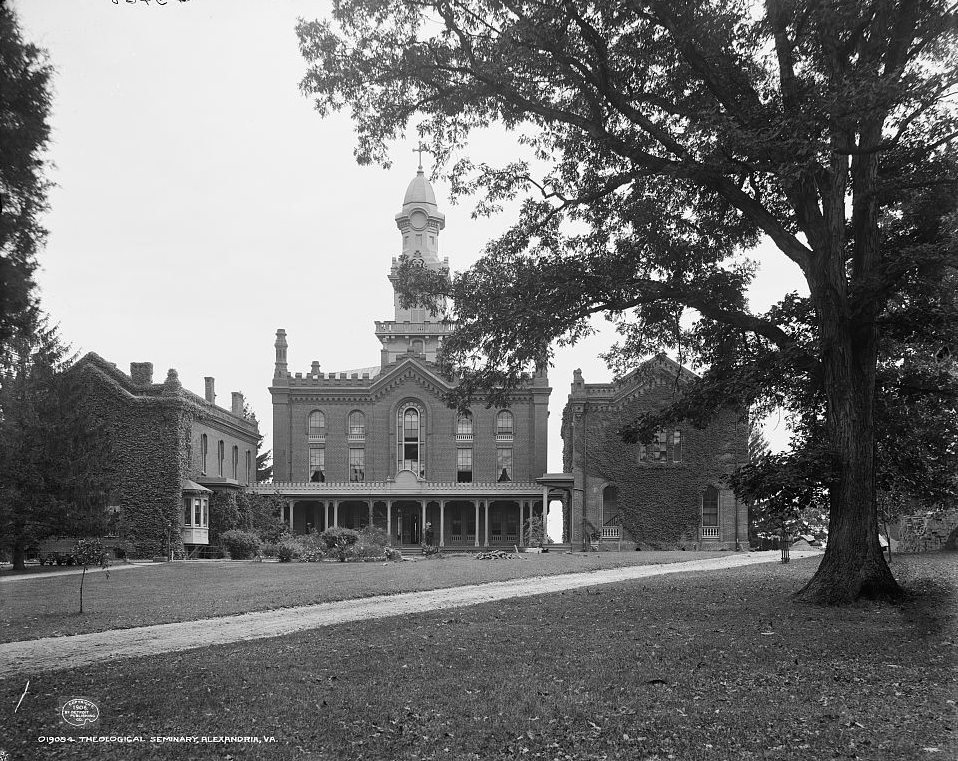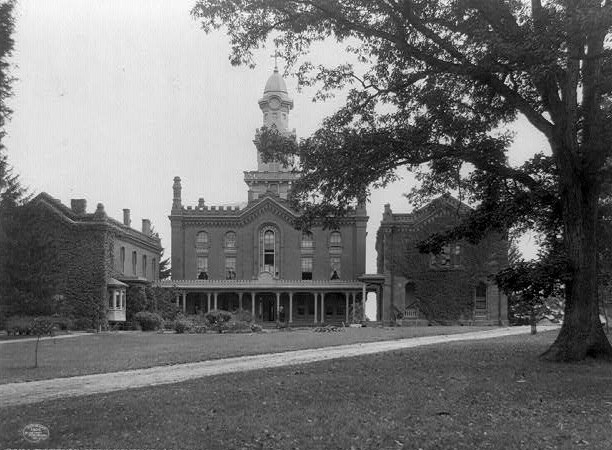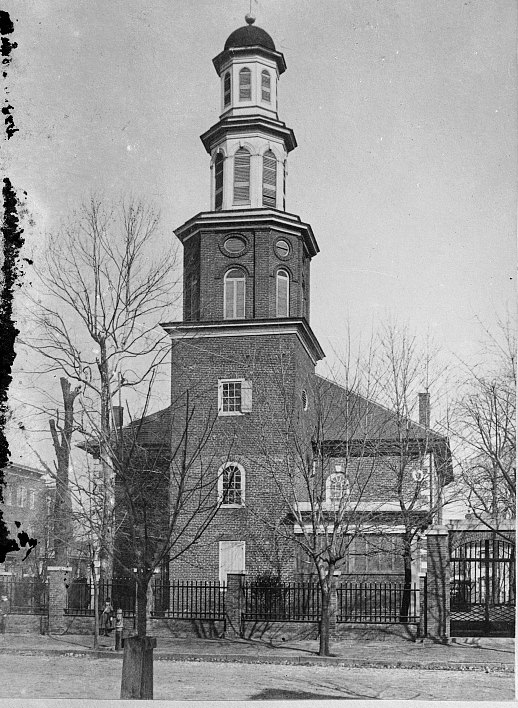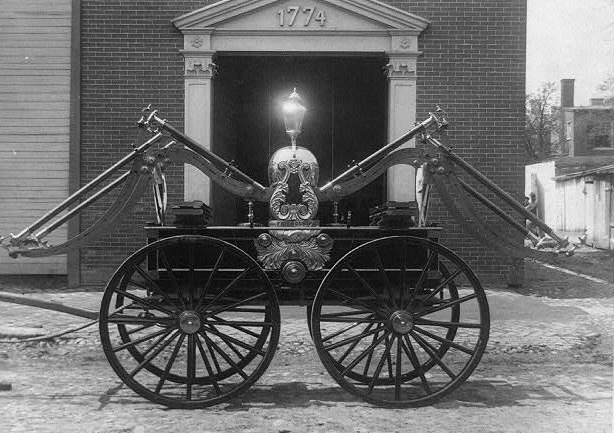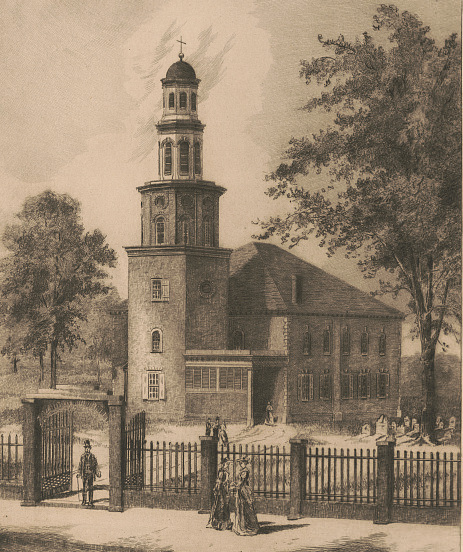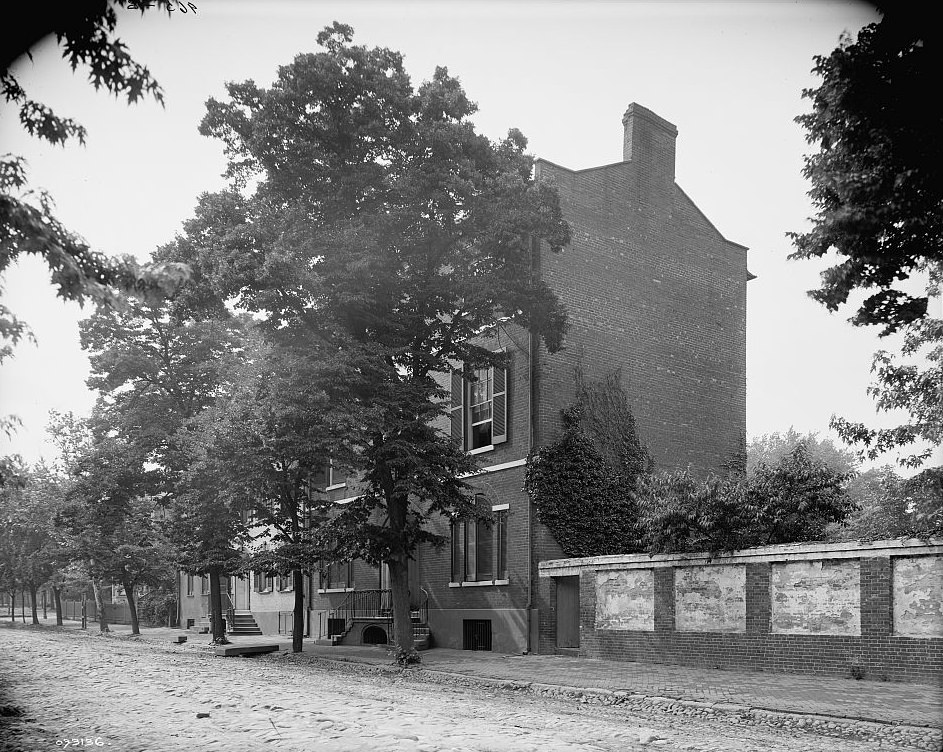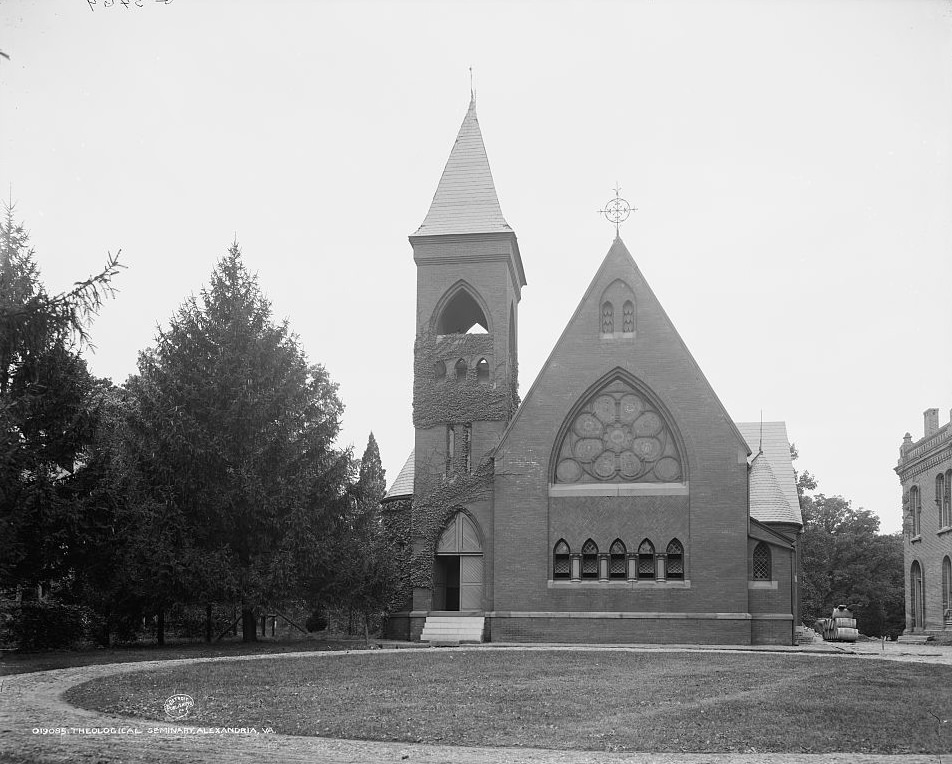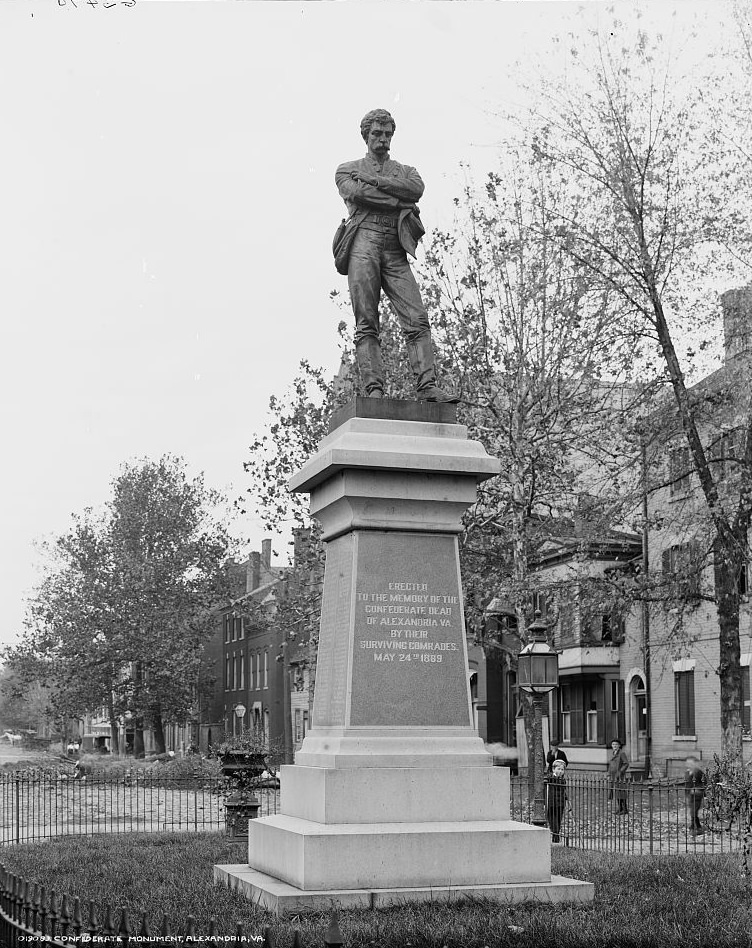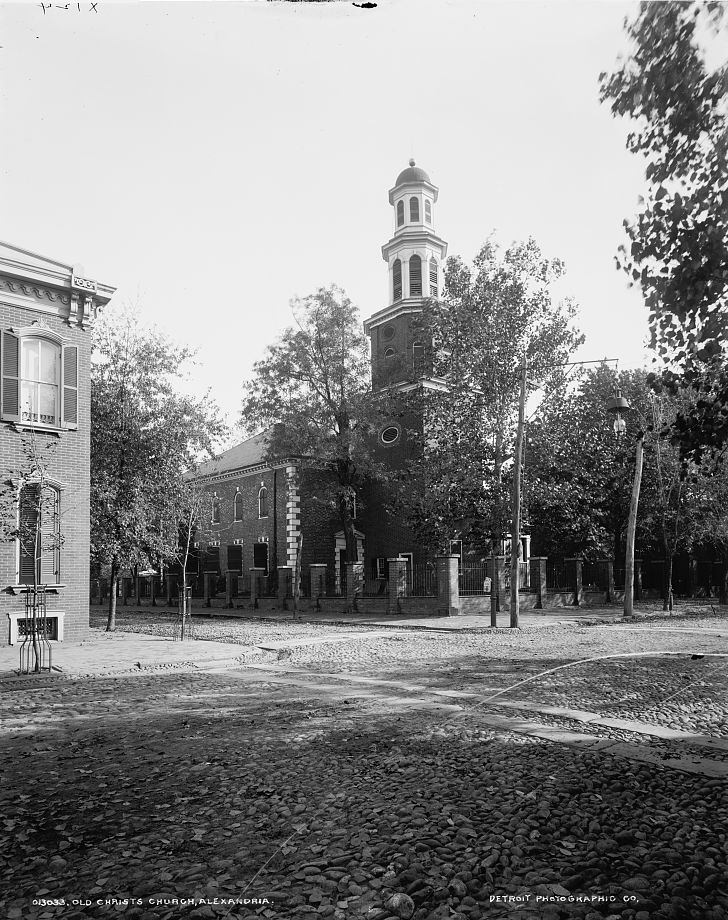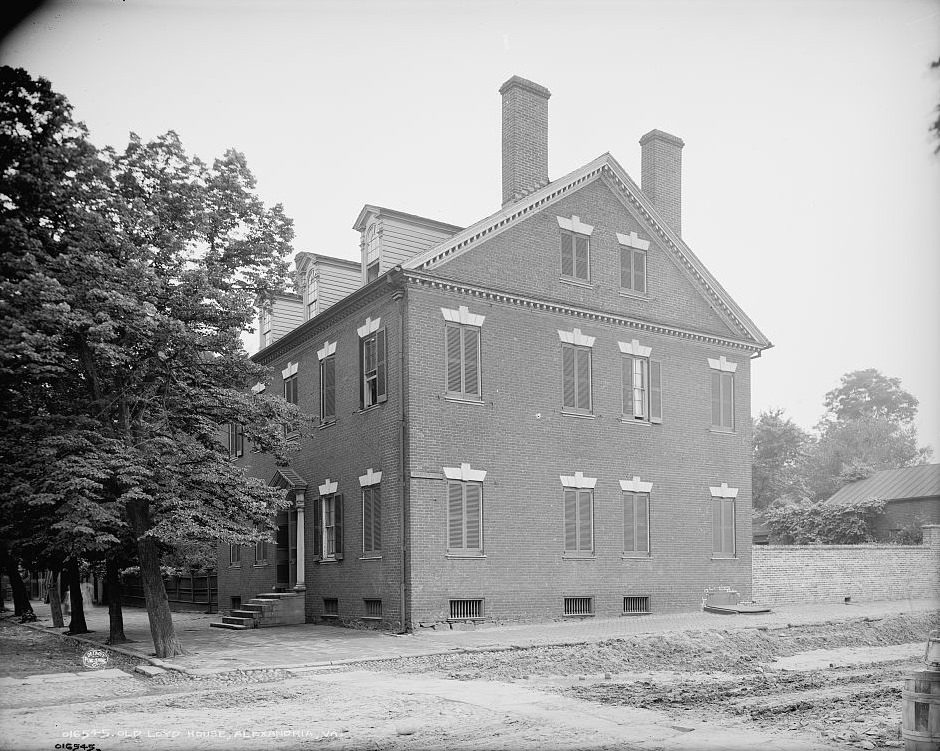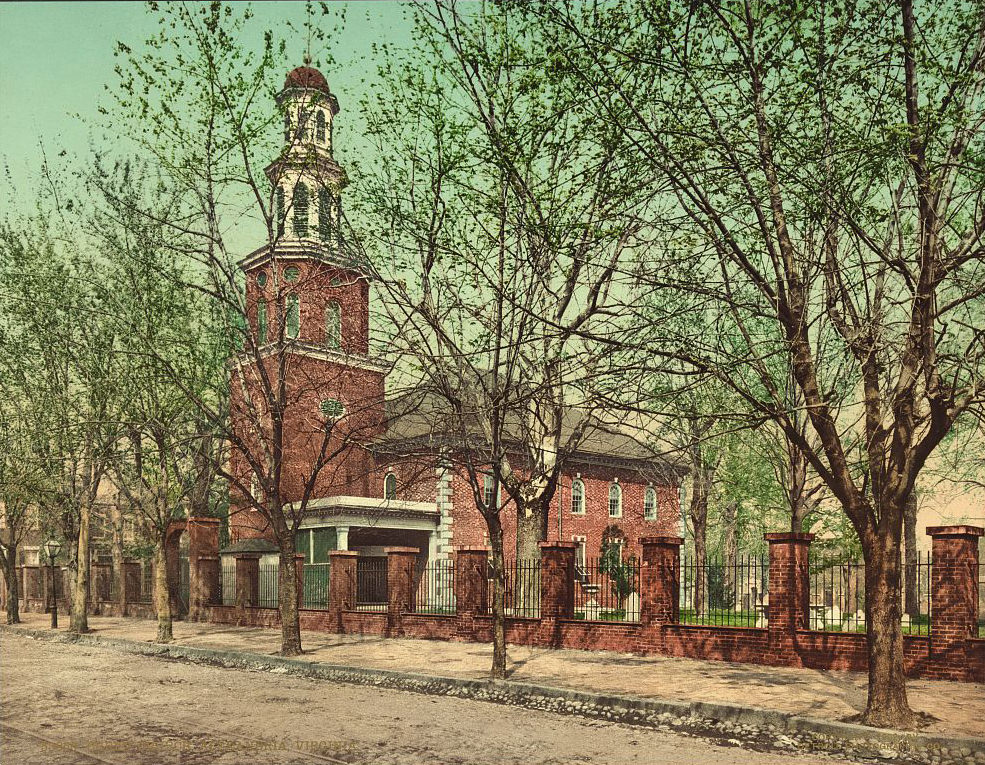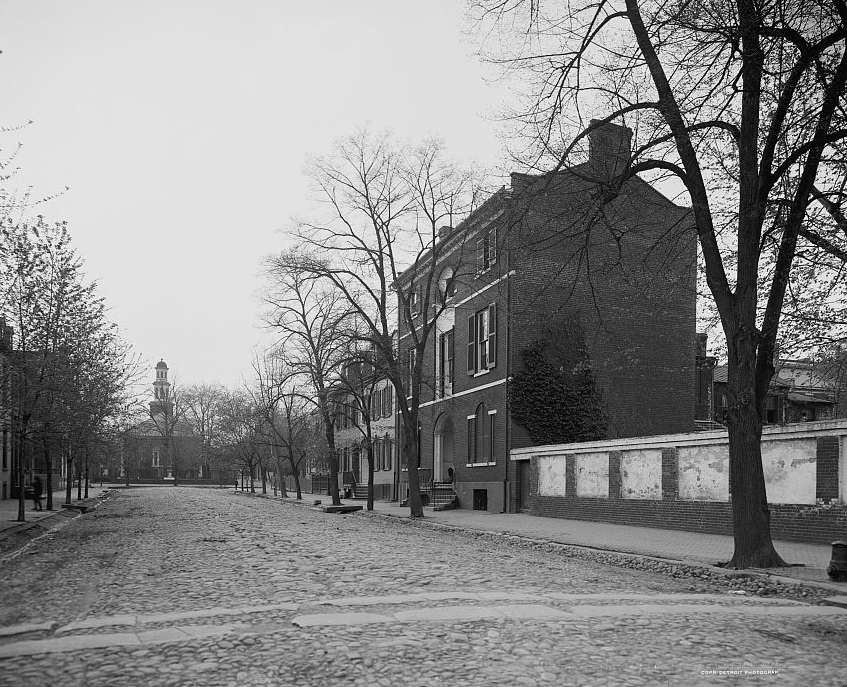Journey with me as we step into the time machine and set the dial to the early 1900s. Our destination? Alexandria, Virginia, a city that seamlessly blends historical charm and the burgeoning progress of a new century. This picturesque city, nestled on the banks of the Potomac River, has a rich and exciting history to explore.
The Growing Metropolis
As the 20th century dawned, Alexandria was transforming from a quaint colonial town into a growing metropolis. The city was emerging as an industrial and commercial powerhouse, owing to its strategic location along the Potomac River and its proximity to the nation’s capital, Washington D.C.
The cityscape was a blend of the old and the new. Cobblestone streets were lined with historic buildings reflecting their colonial past, standing shoulder to shoulder with new edifices of Victorian architecture, showing signs of a city in rapid growth. Horse-drawn carriages shared the streets with the occasional motor car, indicating the cusp of a new technological age.
The Economic Engine
During this period, Alexandria was a buzzing hub for several industries, including glassmaking, brewing, and railroads. The Alexandria Glass Company, established in 1901, was a significant employer. The city’s bustling harbor, with its network of shipping and commerce, contributed to the city’s economy, tying it to markets far and wide.
The city was also home to the Robert Portner Brewing Company, one of the largest breweries in the south, and the headquarters of the Southern Railway system, both major employers of the time.
The decade also saw a rise in small businesses that catered to the growing urban population’s needs. These included family-owned grocery stores, cobblers, and tailors, which were staples in many neighborhoods, serving as places for socializing and exchange of news as well.
The city saw an increase in telephone installations, signaling an era of advanced communication. Alexandria also welcomed its first automobiles, and while horse-drawn carriages were still a common sight, the town was gradually adjusting to the sights and sounds of motor cars.
Electricity, too, began making its way into homes and streetlights, transforming city life and extending productive hours into the night. The installation of the city’s first sewer system significantly improved public health, indicating progress not just in technology but also in living conditions.
Cultural Evolution
The early 1900s marked a period of cultural development for Alexandria. The city was home to several prominent newspapers, such as the Alexandria Gazette, which was one of the oldest continually running newspapers in the country.
The Alexandria Library, established in 1794, remained a prominent fixture in the community, providing resources for education and cultural enrichment. Several new schools were being built to cater to the growing population, demonstrating a commitment to education.
Civic Developments
The decade also saw a surge in civic development. The city was making headway in building its infrastructure to support its growing population. This period saw significant improvements in transportation, including the expansion of streetcar services, which made commuting easier for Alexandrians.
In the realm of healthcare, Alexandria Hospital, established in the late 19th century, continued to expand its services, becoming a beacon of medical progress in the city. Public spaces, too, were on the rise, with the development of parks and recreational facilities.
Here are some fascinating historical photos of Alexandria, Virginia from the 1900s.


